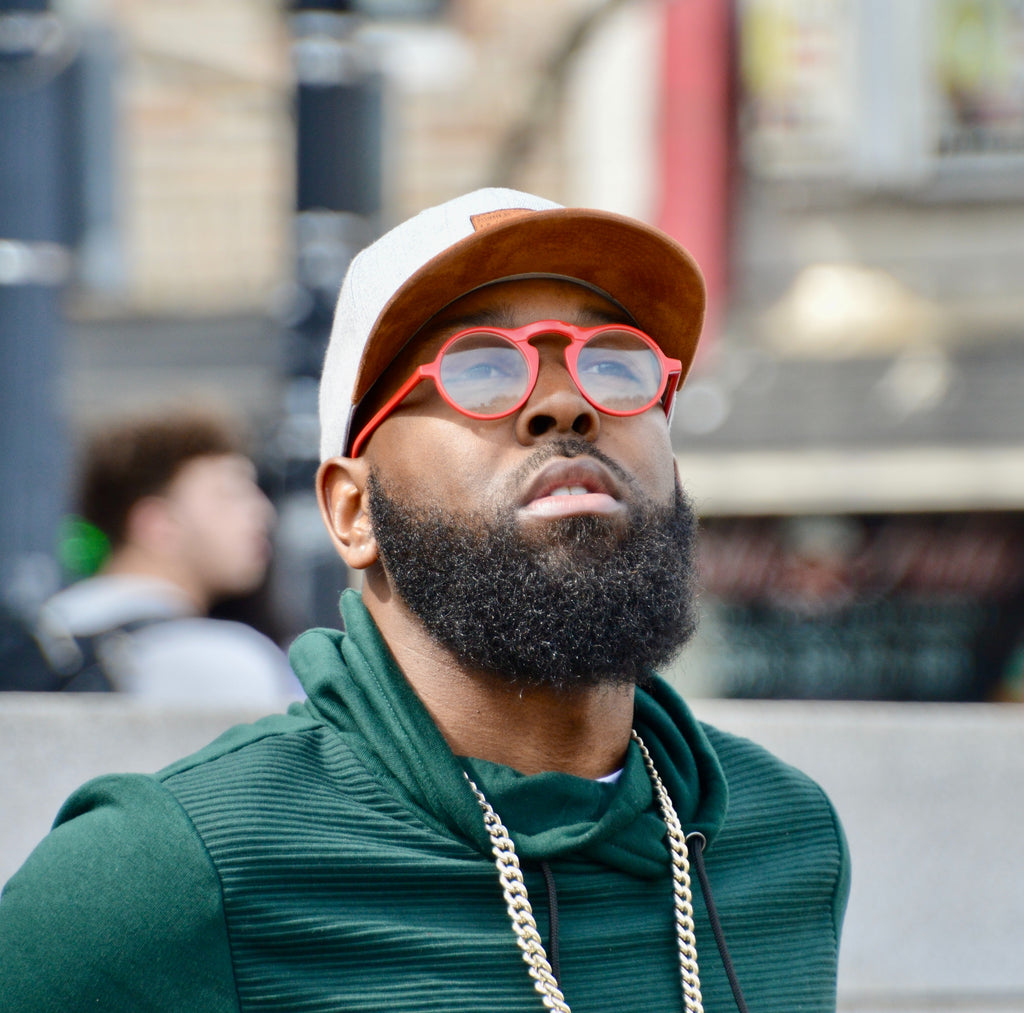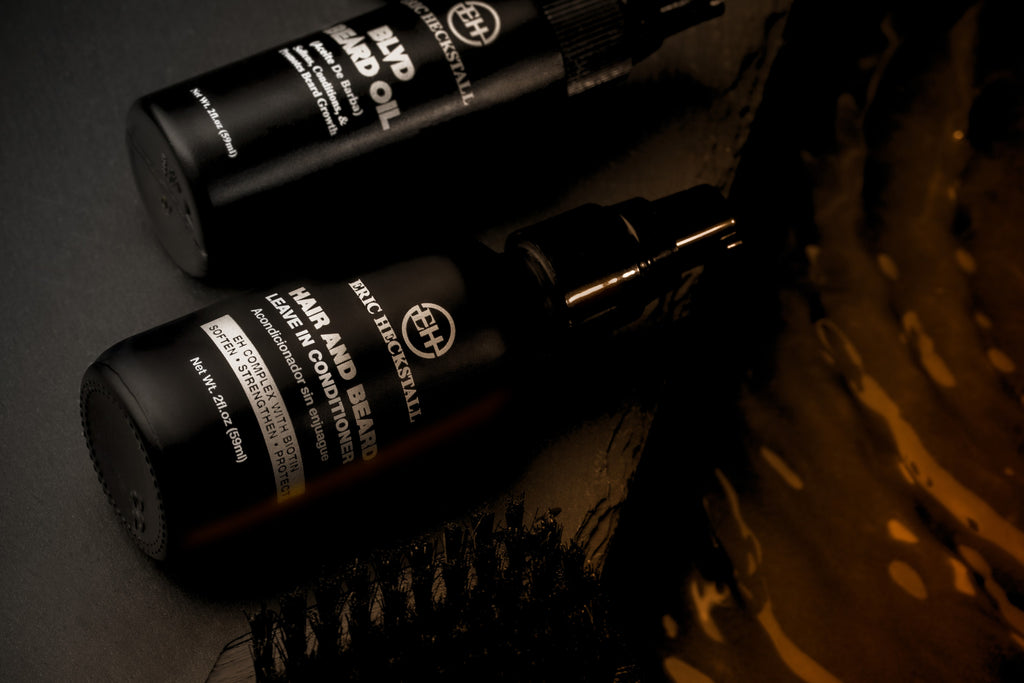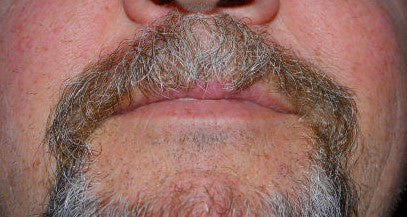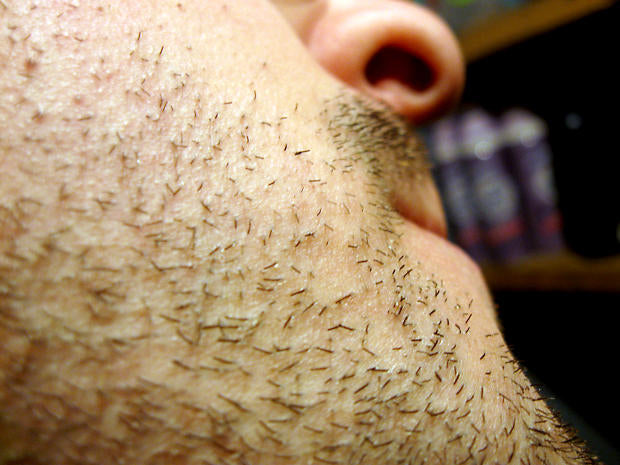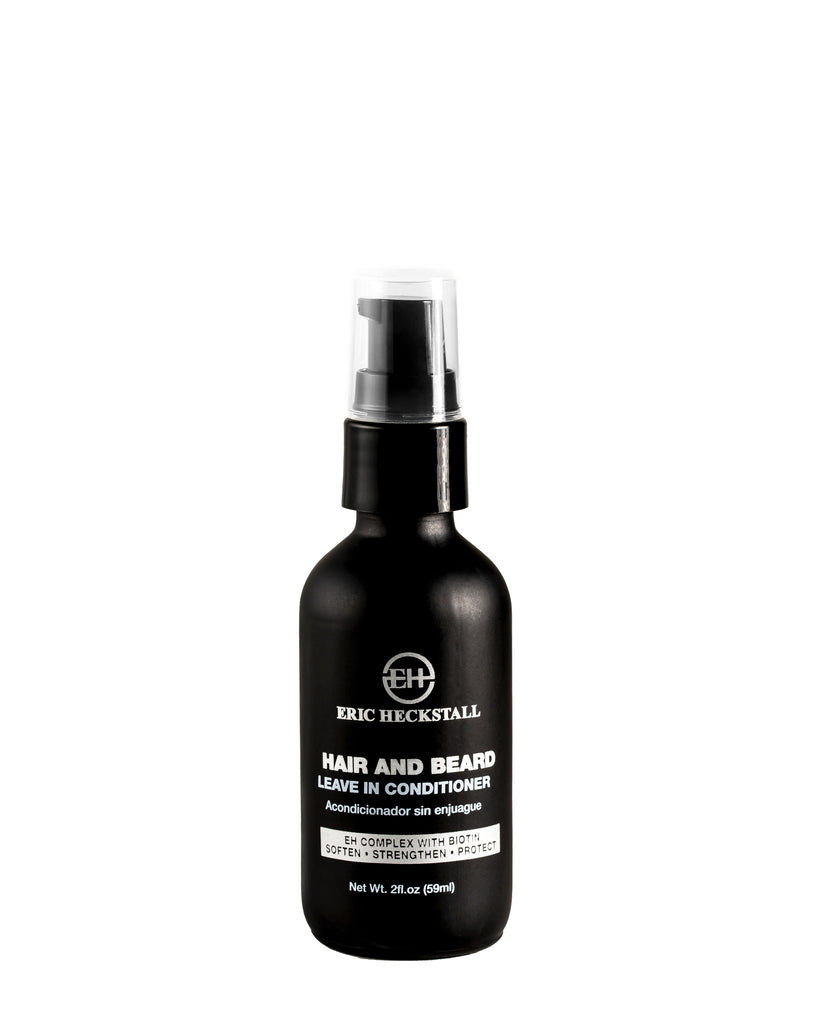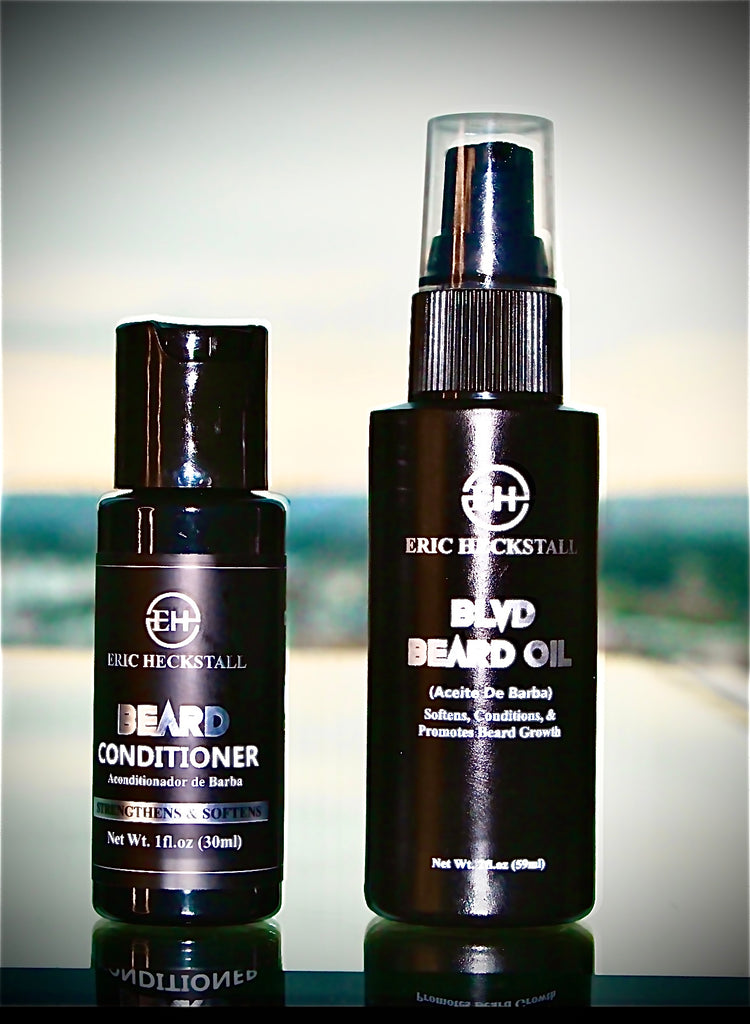Why Does My Beard Hurt?
From time immemorial and across multiple cultures, beards have been considered as symbols of masculinity. At the time of this writing (early 2024), beards have also come to be associated with style and confidence.
But what happens when your beard starts to become uncomfortable—not psychologically, but physically?
Why Does My Beard Hurt?
Your beard is just hair, and if you recall middle school biology, you know that hair cells don’t have nerves. As such, your beard can’t actually hurt. But your beard CAN FEEL like it’s hurting because, of course, it’s attached to the skin on your face. And, of course, the skin on your face has plenty of nerves.
So many men experience what feels like “beard pain,” which can range from itching and irritation to soreness and sensitivity. Are you’re experiencing that with your beard? Occasional discomfort is normal, especially if you’ve just started growing your beard within the past few weeks. But if you have persistent or severe pain, there may be some underlying issues that need your attention.
Common Causes of Beard Pain
First, let’s take a look at just some of the many possible reasons your beard may be “hurting.”
- Dry Skin and Beardruff: Dry, flaky skin underneath the beard, commonly known as beardruff (basically, dandruff in your beard), can lead to itching and irritation. Insufficient moisture on the surface of your beard, insufficient hydration, and issues with hygiene can be contributing factors.
- Ingrown Hairs: Ingrown hairs occur when hair follicles become trapped beneath the skin's surface. This can lead to inflammation and discomfort. Improper shaving or grooming can increase the risk of ingrown hairs.
- Tugging and Pulling: Aggressive brushing, combing, or styling can tug on the hair follicles, causing pain and discomfort. Using harsh tools or applying excessive force can damage the hair and irritate the skin.
- Skin Conditions: Certain skin conditions, such as eczema, psoriasis, or folliculitis, can affect the skin beneath the beard, leading to itching, redness, and soreness. Managing these conditions with proper skincare and medical treatment is of the utmost importance.
- Allergic Reactions: Some individuals may experience allergic reactions to beard care and skin products. Shampoos, conditioners, or styling products are the usual culprits. Ingredients like fragrances, preservatives, or harsh chemicals can trigger skin irritation and discomfort.
There may be other reasons, but when it comes to beards, the aforementioned are the most likely causes of pain in your face.
Managing Beard Pain
So now that we looked at some of the possible causes of the problem, what are some solutions?
- Wash your face the right way: Wash your beard regularly with a gentle beard shampoo or cleanser free of sulfates. This helps you to remove not only dirt and oil, but also dead skin cells. Avoid over-washing, as doing so can strip the skin of its natural oils and make your skin even more dry—potentially causing you more pain.
- Hydrate and Moisturize: Use a high-quality beard oil to hydrate the skin and soften the beard hair. Look for products with natural ingredients like jojoba oil, argan oil, or shea butter to nourish and protect the skin underneath your beard.
- Be Gentle with Grooming: Use a beard brush or comb with rounded teeth to detangle and style your beard without tugging or pulling the hairs. Be gentle when grooming—you’re brushing and combing your face, after all. And even though your beard hair may be more coarse than the hair on your head, don’t be aggressive.
- Exfoliate Regularly: Exfoliating helps remove dead skin cells. As an added bonus, it also is great in helping to prevent ingrown hairs. Use a gentle exfoliating scrub or brush to massage the skin and promote healthy cell turnover.
- Use Hypoallergenic Products: Get beard care products that are free from harsh chemicals, fragrances, and potential allergens. Read ingredient labels carefully, and perform patch tests before applying new products to your skin.
If you’re still having pain in your face after trying all the above, consider seeing a dermatologist. Although beard pain can be a frustrating and uncomfortable, it can be managed with the right approach. With patience and consistency, you can overcome beard pain and maintain a beard that looks and feels great.
Continue reading

